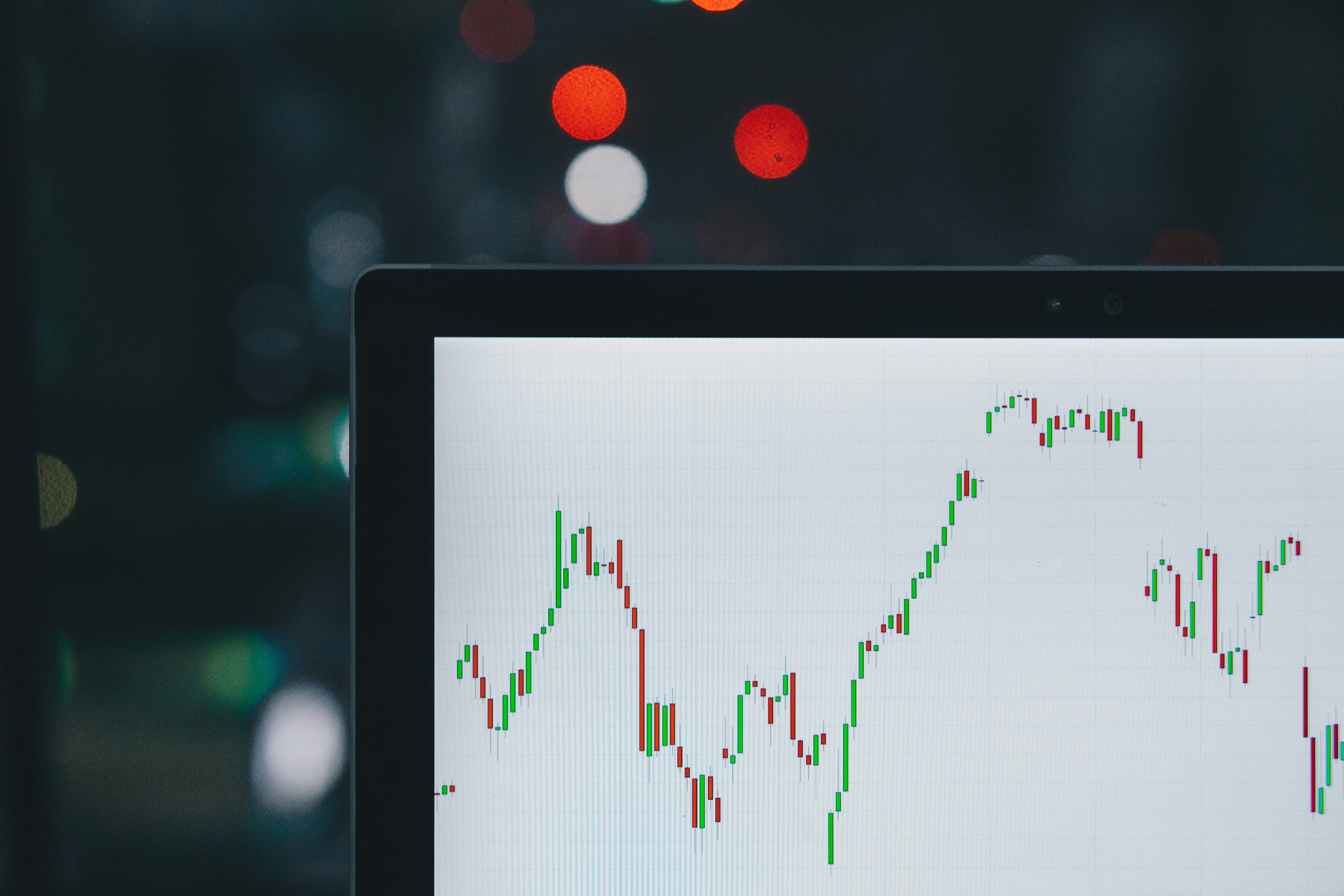- Investment in IoT for healthcare will grow
After IoT's potential became evident during the COVID-19 pandemic, we should expect increased investment in this technology by government and private sector players in healthcare. From devices that are useful in automating home help for the elderly and the disabled to smart wearables, sensors, and other devices, IoT will change healthcare in 2021 going forward. Smart devices will be used to reduce unnecessary contact in situations where contamination is high. They can be useful in care homes and hospitals in infectious disease wards.
- IoT security
As the number of IoT devices continues surging, the concern is now on security. Security sector experts are warning that there are higher chances of connecting unsecured devices. With the possibility of almost everybody having several connected devices at their homes or on them, weaknesses in these devices can spell doom. Each device presents a vulnerability to attacks that can be used to breach the systems. As IoT devices grow, businesses will prioritize security. For consumers to buy more smart devices, companies will be required to implement security measures more than ever.
- IoT will make work from home more productive
Work-from-home (WFH) is the new normal for most of us in the world today as organizations try to find ways of reducing unnecessary congregation in offices and city centers. With AI-powered connected devices and personal assistants such as Alexa, people can now work from the comfort of their homes remotely. Although some may think that the workplace will return to normal after the coronavirus pandemic, the truth is that most organizations will permanently adopt the WFH approach to reduce expenses and make work flexible. For logistics companies, IoT allows assets to be monitored effectively remotely, and human engineers can be alerted whenever there is an issue. Companies will continue adopting connected devices to enhance remote work as they change their setup to merge the new realities.
- IoT in smart homes
The main application areas of IoT devices are smart homes. Things such as lighting, cooling, heating and security, and others are critical areas that need to be managed. The problem is that the current home systems are managed manually, making them inefficient and time-consuming. As smart systems advance, lighting, cooling, and heating are largely going to be managed by IoT systems directly through embedded sensors within the systems. These sensors will aid homeowners in finding out problems or potential issues using predictive maintenance. As climate change continues affecting the planet, IoT applications will be adopted in homes to enable homeowners to adjust and automate the lighting, heating, and cooling of their homes. This will reduce the costs and enhance efficiency and energy use, and the security of individuals and their property. The top concerns that remain in the industry that are critical to the customer of IoT devices include security, safety, device interperability, and usability.




































